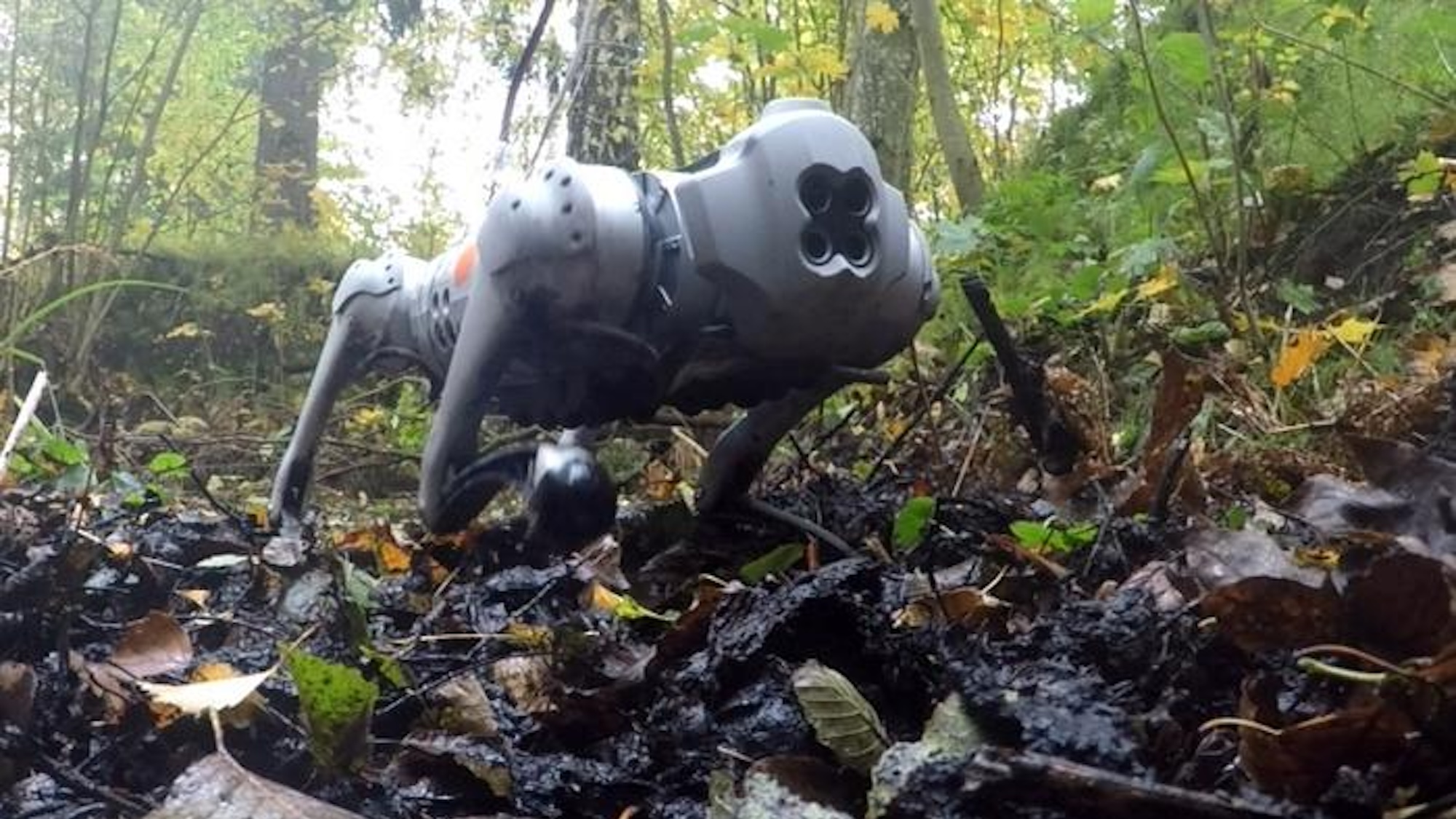A research team led by Osaka Metropolitan University researchers has revealed that photoreactions proceed differently depending on the crystal structure of photoreactive molecules, shining a light on the mechanism by which non-uniform photoreactions occur within crystals. This is a new step toward controlling photoreactions in crystals.
A rose by any other name is a rose, but what of a crystal? Osaka Metropolitan University-led researchers have found that single crystals of four anthracene derivatives with different substituents react differently when irradiated with light, perhaps holding clues to how we can use such materials in functional ways.
Graduate student Sogo Kataoka, Dr. Daichi Kitagawa, a lecturer, and Professor Seiya Kobatake of the Graduate School of Engineering and colleagues compared the photoreactions of the single crystals when the entire anthracene crystal was irradiated with light.
For two of the anthracene derivatives, the photoreaction proceeds uniformly throughout the crystal. For the other two, the photoreaction proceeds non-uniformly from the edge to the center of the crystal. The research team also found that in non-uniform photoreactions, the molecules must rotate significantly during the process, so the reaction proceeds from the edge of the crystal where sufficient rotational space is available.
“If we can control the arrangement and reactivity of molecules in crystals based on the findings of this research, it will be possible to make reactions proceed in a spatially selective manner and induce photoreactions only at the desired location,” Dr. Kitagawa explained. “In the future, we aim to shine a light on more detailed factors by conducting 3D simulations and design functional materials that can exhibit arbitrary behavior.”




















Discussion about this post